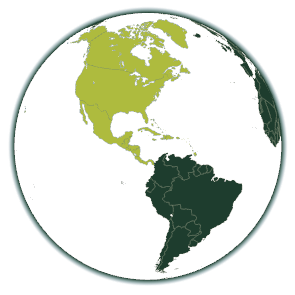Pinus strobus
White Pine
The white pine (Pinus strobus) is a pine species that originally comes from North America. It can reach a height of up to 50 metres and is characterised by its straight growth habit and its blue-green, soft needles that grow in groups of five short shoots. It has a thick, grey-brown bark and produces large brown cones. Pinus strobus has been introduced as an ornamental tree in many parts of the world and is particularly common as a neophyte in parts of Europe and Asia. It has proved invasive in some of these areas and has spread into natural ecosystems where it can suppress native plant species. Weymouth pine prefers well-drained soils and full sunlight, but can tolerate a wide range of soil and climatic conditions, which supports its spread and adaptability in new areas. It is found in both woodlands and open landscapes and can contribute to changing fire regimes, as pine species tend to be fire-promoting.
Types of damage
Region of origin
North America

Introduction vectors
Current distribution
Based on the FlorKart Database of the Federal Agency for Nature Conservation, as of 2013
Miscellaneous
Dispersion forecast
Indicates the proportion of land suitable for habitat under current and future climate conditions (2060-2080) under three emission scenarios (RCP26, RCP45 & RCP85).

Habitat suitability under current climate conditions
These habitat suitability maps show for Pinus strobus where suitable habitat conditions exist.
The map on the left shows this for current climate conditions. Below this are maps for the time classes 2040-2060 and 2061-2080, in which three different emission scenarios can be selected.
The slider at the top left allows you to adjust the opacity of the map to make orientation easier.
By clicking on the respective quadrant, information on the environmental conditions present in it can be called up.
The methodology is explained here .













